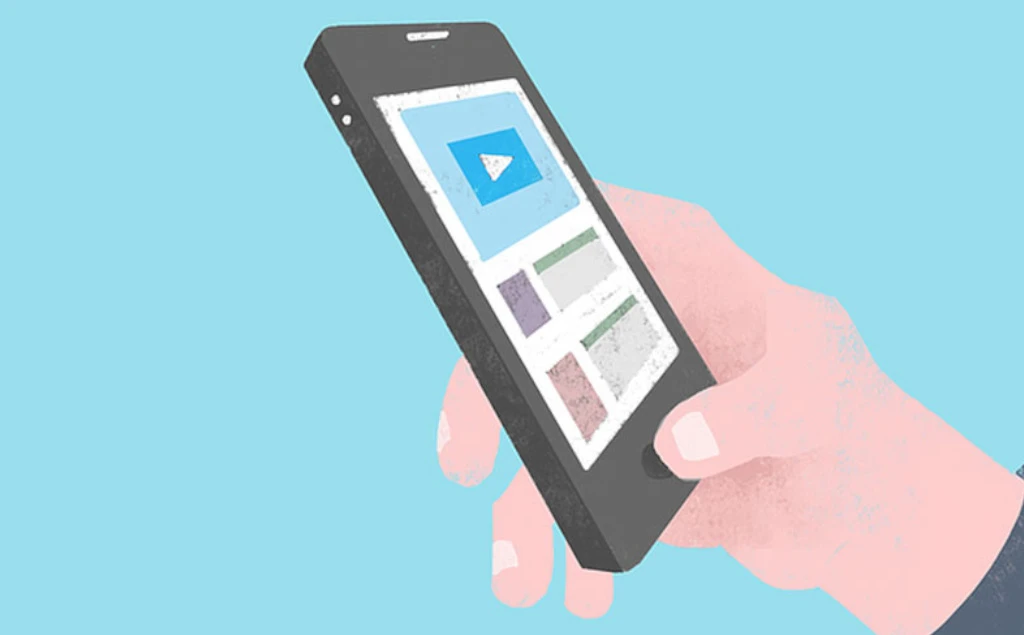Whilst working on the EAD project we’ve been impressed by lots of exciting research studies, which share our aim of promoting accessibility and social inclusion. Here are just a few of them.
- AudioMovie Project – Cinema For All
The AudioMovie project, funded by the National Centre for Research and Development, is developing a mobile app which will reproduce Audio Description and subtitles in cinemas and film festivals. It automatically synchronises the AD soundtrack with that of the film, with the option to choose an optimal reading speed for subtitles. Alongside the application the project also seeks to develop a portal to share AD and subtitles and legal solutions for sharing them in the context of copyright laws. The focus is on the end user, with the aim of implementing a workable service which can eliminate the cultural exclusion of those with visual or hearing impairments.
- NEA Project – New Approaches to Accessibility
User experience of AD is usually measured by survey responses. The NEA project, funded by the Spanish Ministry of Economy, aims to apply electrophysiological and behavioural measures to research the impact of audio features on the end users experience by evaluating their emotional responses. By measuring the emotional responses of users to different platforms or modes of accessibility the project seeks to assess the reception and impact of audio features, in particular immersion with text-to-speech AD (AD that can be read by speech synthesis software) and improvements to sounds quality and clarity, as accessibility options. This project could promote the extension of choice in accessibility.
- Future Cities – Cities Unlocked Project
Navigating cities can be a nightmare. Microsoft and Guide Dogs have teamed up with Future Cities to design a GPS-enabled navigation headset which will take away some of this stress and fear of independent journeys. The headset, developed with AfterShokz, allows the user to experience a 3D soundscape through small pads which rest on the top of your jawbone. Bone conduction technology is used to transmit sound through vibration, bypassing the eardrum so you can still hear noises around you. Paired with a smartphone connected to an app called SoundScape it will talk you through your route, supplementing location information with Bluetooth-enabled spots around the city. Although still in its trial phase, the device is part of a bigger project for Future Cities, aimed at using technology to connect people with cities.
Morgan French

